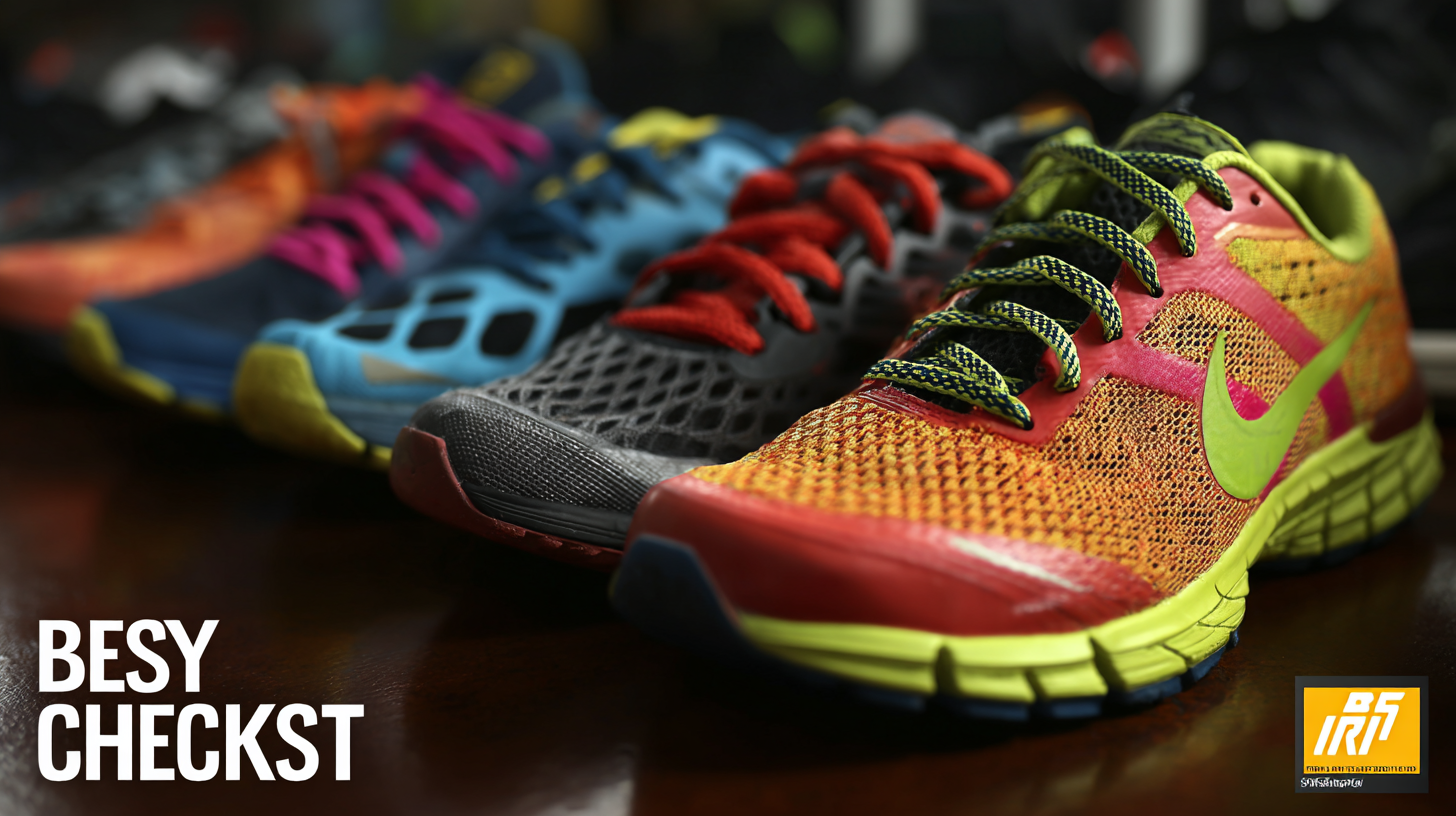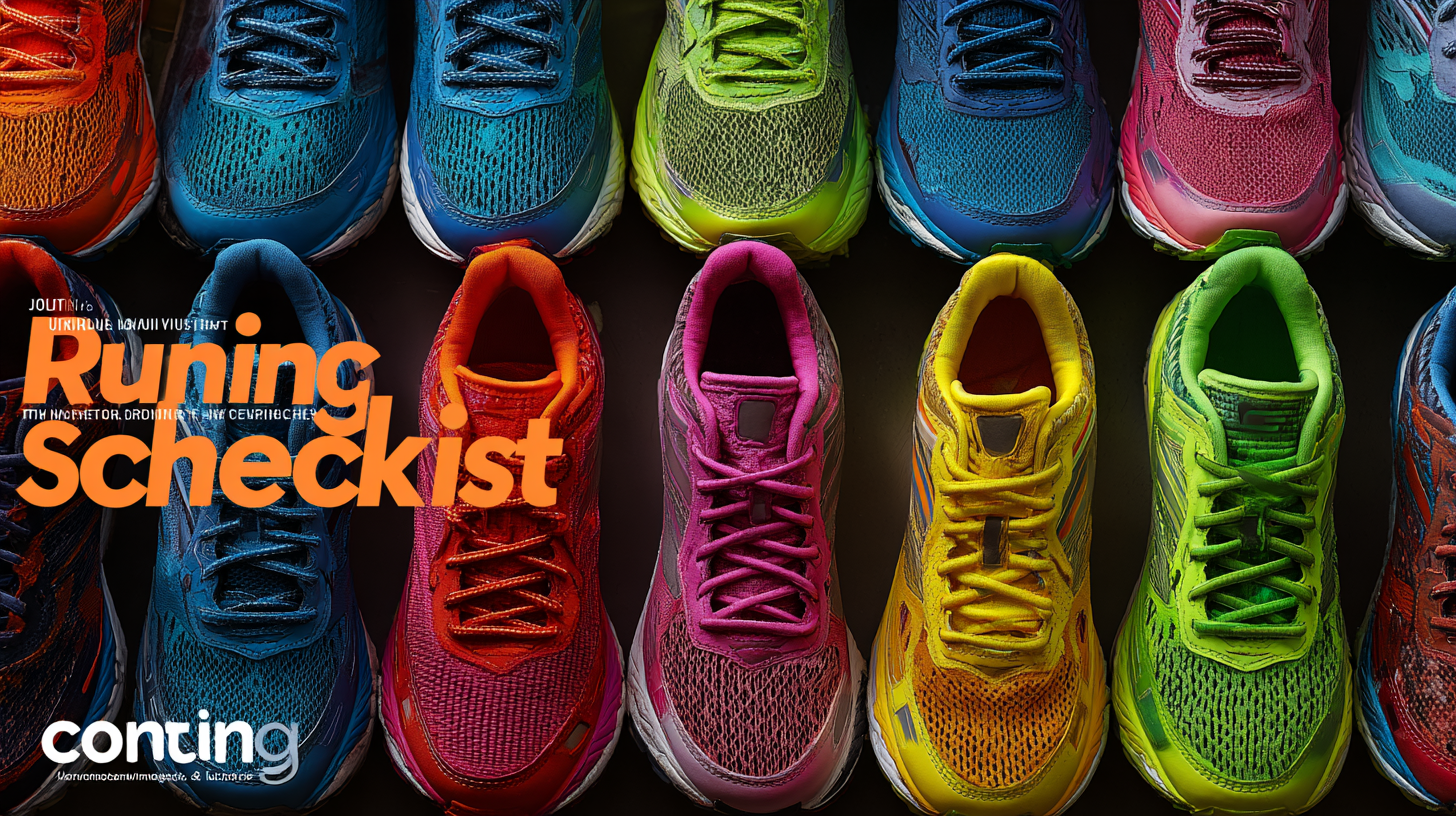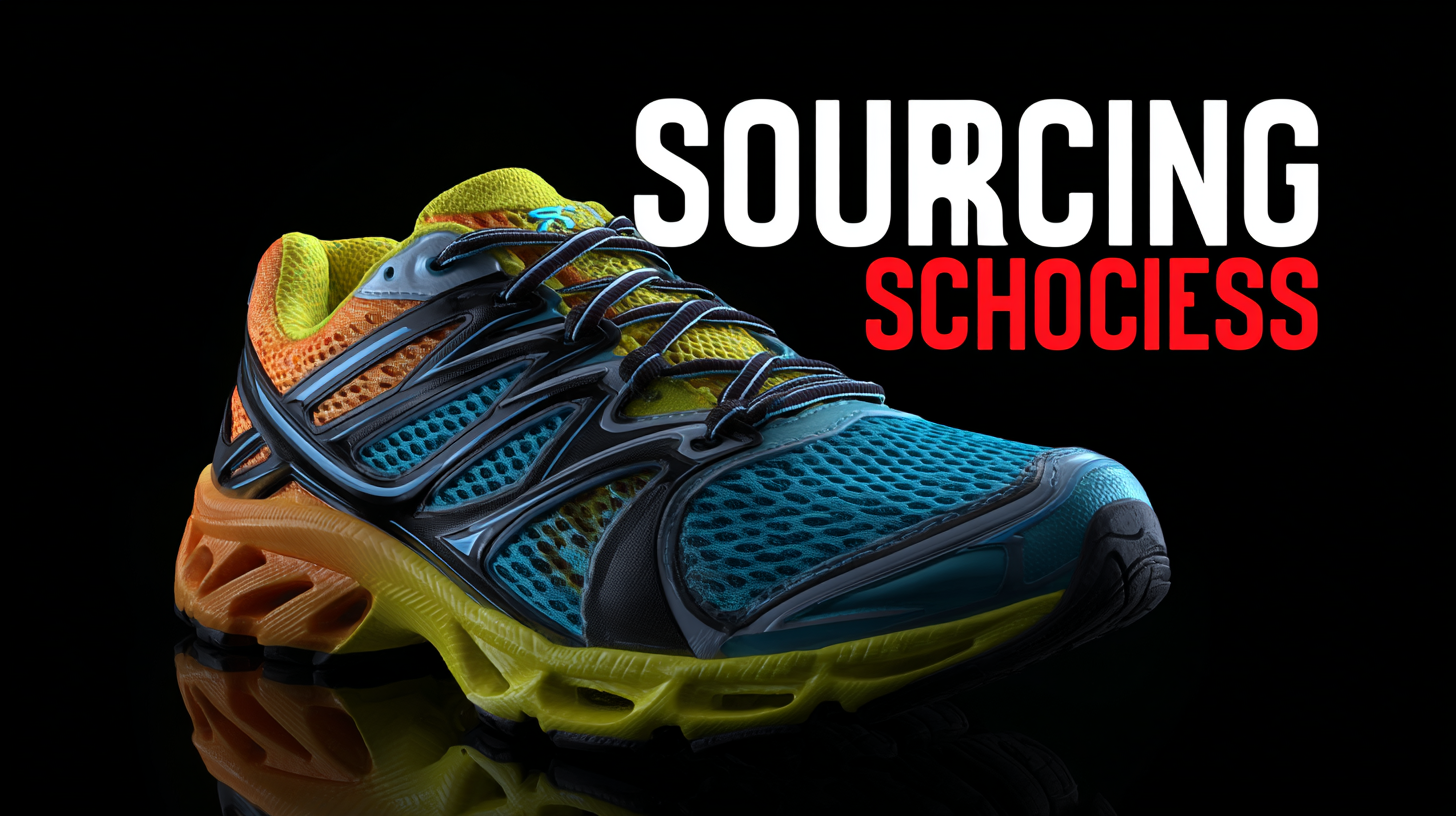
In the ever-evolving world of athletic footwear, sourcing the best running shoes requires a keen understanding of the latest industry insights and key trends. As runners increasingly seek gear that enhances performance and comfort, the demand for specialized running shoes has surged, making it essential for consumers to navigate this expansive market wisely. This ultimate checklist will guide you through the critical factors to consider when selecting running shoes, from technological advancements to materials and fit. Whether you're a seasoned athlete or just starting your running journey, knowing how to choose the right shoes can significantly impact your experience and outcomes. Join us as we explore effective solutions and strategies for finding the perfect running shoes tailored to your unique needs.

When it comes to selecting the perfect running shoes, understanding your running style is essential. Each runner is unique, and factors such as gait, foot shape, and running terrain play pivotal roles in finding the right pair for you. One effective method to determine your running style is to analyze your gait by observing how your foot strikes the ground. This can help in choosing shoes that offer the right level of cushioning and support.
Tip: Consider visiting a specialty running store where trained staff can conduct a gait analysis. This personalized service can provide invaluable insights into your specific needs and ensure you choose shoes that enhance performance and reduce injury risk.
Additionally, pay attention to the terrain you typically run on. Different types of running shoes are designed for various surfaces; for instance, trail shoes offer better traction for uneven ground, while road running shoes are optimized for pavement. Knowing your primary running surface can guide you in selecting the shoe that best suits your activities.
Tip: Don’t forget to account for any specific foot conditions or biomechanics issues you may have. Consulting with a podiatrist or a physical therapist can help you make informed decisions and find shoes that cater to your footwear needs efficiently.
When it comes to selecting the best running shoes, the choice of materials is crucial for both performance and comfort. The upper fabric should provide breathability to keep your feet cool and dry while running. Materials like engineered mesh and knit fabrics are trending due to their lightweight nature and flexibility, allowing for a snug fit without compromising on ventilation. Look for shoes that feature advanced moisture-wicking technologies to help manage sweat, ensuring a more comfortable running experience.

Cushioning is another key element that can make or break your running experience. Types of cushioning materials can vary significantly—from traditional EVA foam to innovative options like gel inserts or responsive foams that adapt to each stride. While some runners prefer a firmer feel that offers more ground feedback, others may seek plush cushioning for added comfort during longer distances. Pay attention to the midsole construction, as it plays a pivotal role in shock absorption and support. Evaluating your running style, terrain, and personal comfort preferences will guide you in choosing the right combination of materials and cushioning to enhance your performance on the track or trail.
When it comes to running shoes, cutting-edge technologies are transforming the landscape of athletic footwear. Recent industry reports indicate that the global running shoe market is expected to reach $13.4 billion by 2025, with a significant portion of this growth driven by advancements in shoe design. Brands are focusing on lighter materials, enhanced cushioning systems, and improved breathability, allowing runners to enjoy a more comfortable and efficient experience.
One key trend in running shoe technology is the incorporation of 3D printing. This innovation enables manufacturers to create custom-fit shoes that cater specifically to the unique biomechanics of each runner. According to a survey by the American Council on Exercise, 68% of runners expressed a desire for shoes that better accommodate their foot shape, emphasizing the importance of personalized footwear.
Tips: Always consider the type of running you’ll be doing—road, trail, or track—when selecting your shoes. Additionally, be sure to try on shoes at the end of the day, when your feet are slightly swollen, to ensure a proper fit. Keep an eye on brands that emphasize eco-friendly materials; sustainability is becoming a pivotal aspect of running shoe design.
| Dimension | Value |
|---|---|
| Cushioning Type | Responsive Foam |
| Weight | 250 grams |
| Heel Drop | 8 mm |
| Upper Material | Engineered Mesh |
| Sustainability Features | Recycled Materials Used |
| Arch Support | Moderate |
| Water Resistance | Water-Repellent Coating |
| Technology Integration | Smart Sensors for Performance Tracking |
| Fit Type | Standard Fit |
| Price Range | $100 - $150 |
When it comes to selecting the right running shoes, it's essential to consider the unique needs of different types of runners. For instance, road runners typically require shoes that offer lightweight cushioning and excellent traction for paved surfaces. Look for features like responsive midsoles and breathable uppers that can help optimize comfort and performance during long runs. Incorporating technologies such as gel cushioning or air pods can further enhance the overall running experience.
On the other hand, trail runners face varying terrains and require shoes that provide stability and durability. Features like reinforced toe caps, aggressive outsoles for grip, and water-resistant materials are crucial in ensuring safety and comfort while navigating uneven paths. Additionally, cushion levels may vary based on individual preferences—some might favor a firmer ride for better ground feel, while others lean towards plush cushioning for shock absorption. Understanding these nuanced requirements allows runners to make informed choices tailored to their specific running style and environment.
 When selecting the best running shoes, one key trend that has emerged is the focus on eco-friendly and sustainable materials. Brands are increasingly adopting practices that reduce their environmental impact, from utilizing recycled materials to ensuring ethical production processes. This shift towards sustainability not only helps in conserving resources but also attracts conscious consumers who prioritize eco-friendly products.
When selecting the best running shoes, one key trend that has emerged is the focus on eco-friendly and sustainable materials. Brands are increasingly adopting practices that reduce their environmental impact, from utilizing recycled materials to ensuring ethical production processes. This shift towards sustainability not only helps in conserving resources but also attracts conscious consumers who prioritize eco-friendly products.
Tip: Look for brands that publish transparency reports about their supply chain and sustainability efforts. Investigating these aspects can guide you to make informed choices that align with your values. Additionally, many companies are now offering shoes made with natural materials, such as organic cotton and biodegradable rubber, which reduce the environmental footprint during both production and disposal phases.
Tip: Pay attention to certifications. Certifications such as Global Organic Textile Standard (GOTS) or Fair Trade can provide assurance that the shoes meet strict environmental and social criteria. This way, you can confidently choose running shoes that not only support your health but also contribute to a healthier planet.
